Over the past two decades, access to clean water has improved globally. However, as of 2022, around 2 billion people still lacked access to safely managed drinking water services. At Geviton, we believe that access to clean, safe water is not just a necessity, but a fundamental right.
Ensuring the quality of this vital resource is an increasingly complex challenge. From industrial discharge to agricultural runoff and aging infrastructure, water sources face constant threats. The good news is that technology is stepping up, and IoT solutions are at the forefront of revolutionising water quality management.
Why Water Quality Demands Attention
Water pollution is a crisis with far-reaching consequences. Contaminated water can lead to:
- Public Health Risks: Waterborne diseases and long-term health issues from chemical exposure.
- Environmental Degradation: Harm to aquatic ecosystems which results in loss of biodiversity.
- Economic Impact: damage to industries reliant on clean water e.g., agriculture and tourism.
Traditionally, water quality monitoring has relied on manual sampling and laboratory analysis. While accurate, this method is often:
- Slow: Delayed results mean contamination can spread before detection.
- Labor-intensive: Requires significant human effort and resources.
- Limited Scope: Provides only snapshots, missing intermittent pollution events.
The above challenges create the need for a more innovative water quality management approach.
What is IoT Water Management?
IoT water management is the application of Internet of Things (IoT) technology to monitor, control, and optimise water usage and infrastructure in real-time. It’s a system that connects physical water assets (e.g pipes, pumps, and meters) to a central data platform via the internet. The goal is to allow for a more intelligent, proactive, and efficient approach to managing water resources.
IoT at the Forefront of Water Management
IoT can leverage smart sensors, robust connectivity, and powerful data analytics to provide an unparalleled view into water ecosystems.
- Smart Sensors
Smart sensors are devices placed in water sources or infrastructure to measure parameters. They are deployed strategically in reservoirs, treatment plants, and distribution networks. These sensors continuously collect data on the following critical parameters:
- pH Levels: The acidity or alkalinity of the water.
- Turbidity: The presence of suspended solids in water.
- Dissolved Oxygen: The level of oxygen crucial for aquatic life and water health.
- Electrical Conductivity: The presence of dissolved salts and inorganic chemicals.
- Nitrates & Phosphates: Presence of minerals indicating agricultural runoff and eutrophication.
- Heavy Metals & Organic Compounds: Presence of specific metal pollutants such as lead, mercury, and zinc.
- Real-time data transmission: Data from these sensors is wirelessly transmitted (via cellular, satellite, etc.) to a central cloud platform. This ensures immediate access to information, no matter how remote the monitoring site is.
- Advanced Analytics & AI: The platforms where water quality data is stored ingest vast amounts of data. Once the data is collected, machine learning algorithms are applied to:
- Identify anomalies and potential contamination events instantly.
- Predict future water quality trends.
- Correlate different parameters to understand root causes.
- Generate automated alerts for deviations from safe thresholds.
Key Benefits of Smart Water Monitoring & Management
Implementing an IoT-driven water quality solution offers the following benefits:
- Early contamination detection – Rapid identification of pollution sources allows for immediate intervention, minimizing harm to ecosystems and human health.
- Proactive intervention – IoT solutions help address issues before they escalate.
- Resource optimisation – Early intervention optimises the use of chemicals in water treatment and enhances efficient management of water resources.
- Enhanced regulatory compliance – automated data collection and reporting provide an auditable trail of water quality, simplifying compliance with environmental regulations.
- Improved public health and safety – Continuous monitoring ensures communities have consistent access to safe drinking water, crucial for good health and safety.
Water Quality Management for a Sustainable Future
The use of IoT in water quality extends beyond just monitoring. It enables intelligent management in the following ways:
- Automated alerts and notifications – sends instant alerts to relevant personnel when parameters exceed safe limits.
- Optimised treatment processes – The use of real-time data to adjust chemical dosing and filtration processes in water treatment plants improves efficiency and cuts on cost.
- Resource allocation – With the right data in place, the relevant agencies can channel funds precisely where and when they are needed most.
Conclusion
Ensuring clean water is a collective effort. At Geviton, we recognise the great potential of innovative solutions to transform water quality management. We are committed to exploring and supporting the technologies that will shape a cleaner, safer water future for all. By embracing the power of IoT, we can move towards a future where water quality is consistently excellent, protecting both our communities and natural resources.





